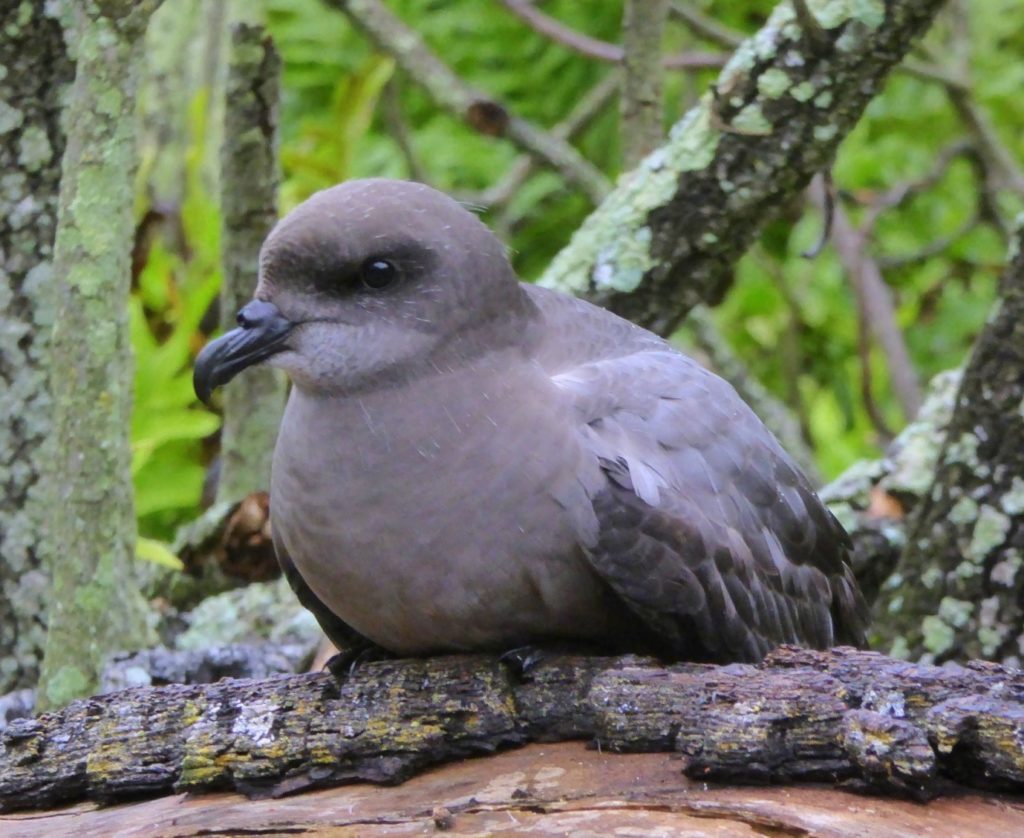© Mike Nesbit
Seabird Species
Gadfly Petrels
Excellent fliers, able to cover thousands of kilometres in a single foraging trip.
The gadfly petrels (genera Pterodroma and Pseudobulweria) are a cryptic, taxonomically complex group of 38 species predominantly found in tropical and temperate regions. Many are single island endemic breeders, often in remote areas, but all are wide-ranging at sea, with many being highly migratory and often occurring at low density over the pelagic abyssal plain. They range in size from 26 cm to 43 cm, with much interspecies plumage variation. Many species are polymorphic, and as a group they are notoriously difficult to distinguish, especially at sea.
The gadfly petrels are one of the least-studied groups of seabirds, due to their highly pelagic lifestyles and nocturnal habits when attending the colonies.
The diet of most species is also poorly studied, though some are known to take soft prey food items such as crustaceans, myctophids and cephalopods, picked from the ocean surface mostly during the night. They often breed in burrows or crevices and in high altitude areas which are difficult to access and monitor, making the accurate estimation of species abundance and trends challenging.
In The Seabird Tracking Database:
Spotlight species: Murphy’s Petrel
The South Pacific Gyre supports many endemic gadfly petrels, despite these waters being relatively nutrient-poor. Scientists from BAS and RSPB tracked Murphy’s Petrels (Pterodroma ultima) using geolocators and showed that these birds are among the most active of all seabirds – spending 95% of their time flying at sea. They also found that, during egg incubation, these birds may travel distances greater than 4800 km – further than any breeding seabird. The massive pelagic ranges mean that future conservation efforts should focus on immediate threats of invasive mammals, which predate on eggs and chicks at breeding colonies, as at-sea protection would require managing immense area.
Please view this page on a desktop computer to see our interactive species colony map.
Tracked colonies of Gadfly Petrels
Use the map below to explore seabird colonies around the world.
Thanks to our data contributors: Ben Dilley; Dr Matt J Rayner; Francis Zino; Ivan Ramirez; Jacob Gonzalez-Solis; Jeremy Lee Madeiros; Jose Pedro Granadeiro; Katherine Booth Jones; Leandro Bugoni; Lucas Krüger; Luke R. Halpin; Malcolm Nicoll; Mandy Shailer; Manuel Biscoito; Matthieu Le Corre; Michael Brooke; Nicholas Carlile; Norman Ratcliffe/BAS; Paulo Catry; Peter Ryan; Steffen Oppel; Thomas A. Clay; Vitor Paiva; Yuna Kim
